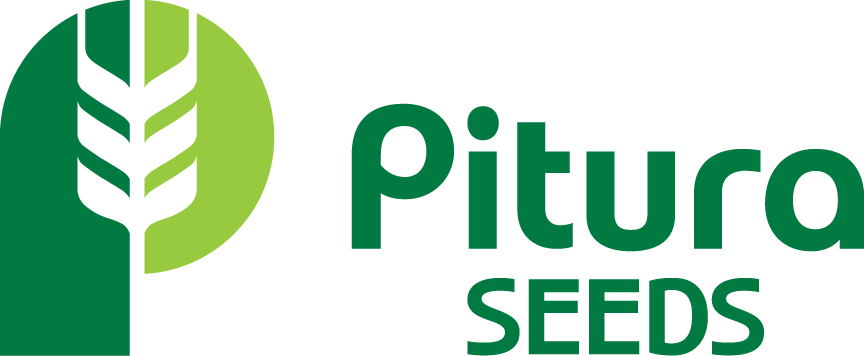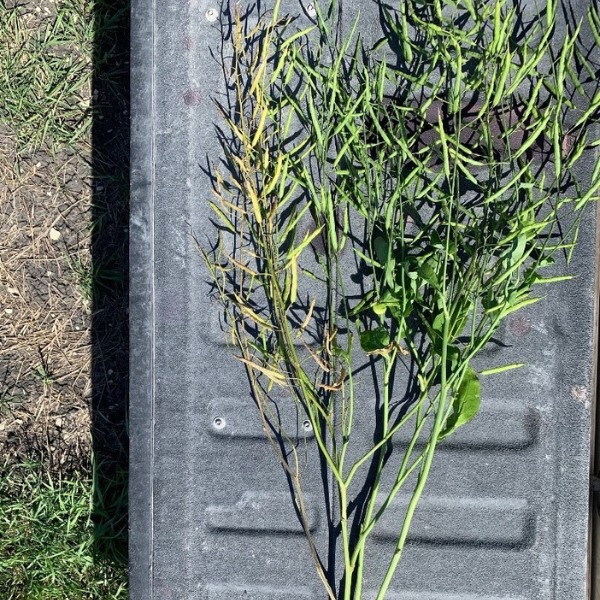Increased Verticillium Stripe Detection in Manitoba
This fall I’ve been hearing a lot of buzz about Verticillium Stripe in canola across Manitoba. The downside is that the disease is present at higher incidence levels than seen previously in 2014 and is causing an unknown negative impact on yield. The plus-side is that there are efforts being made to confirm field cases – the first step to managing the disease is detection.
Diagnosing Verticillium stripe in your field can be difficult because the disease can be inconsistent in how it presents itself in plants – sometimes seeing pods not filling properly, sometimes seeing pod drop or pod shattering. Additionally, Verticillium can co-present itself with blackleg – making it important to know how to diagnose both diseases. Variety selection can be used to help manage a blackleg infection but it seems the industry is behind the curve on Verticillium tolerant varieties.
Currently, there are very few control options for the disease. Verticillium will overwinter in the soil and can survive for 10-15 years. Root activity in the soil stimulates the activity of the sclerotia which then infects the roots of Brassica host crops (ex: canola, mustard, kale, other). There are no current fungicide control options so the best way to prevent infections in with rotation management. But even a 3-year rotation is not enough to fully control the disease due to the survivability of the pathogen.
Tips for identification:
- Vertical yellow/brown stripes extending up one side of the stem. Other side will appear healthy.
- Post-harvest/swath, stems appear grey. Outer layers of stems peel away and very small, black microsclerotia can be seen in the outer layers.
- Some symptoms appear similar to sclerotinia symptoms. Sclerotinia will also have stem shredding but will have large sclerotia inside the hollow stem.
So, we have the tools to diagnose the disease but we don’t have a way of evaluating how much yield loss can be expected when a field is showing infections. There is a project being funded through SaskCanola that is trying to evaluate the effects on yield and plant health at different disease severities. However, it may be a little while before we will see results from this project.
For now, its important to get boots out in the field and make sure that we are correctly identifying canola diseases and matching our management plans to them accordingly. If you’re unsure about what disease is present, there is free DNA testing available through the PSI lab (Pest Surveillance Initiative) - Samples can be dropped off or mailed in.
-Katie Meggison


